 推薦消息更多>>
推薦消息更多>>負(fù)壓氣力輸送:一種效率高的工業(yè)物料輸送方法
- 來(lái)源:http://www.4wpk.cn/ 日期:2024-11-03 發(fā)布人:創(chuàng)始人
負(fù)壓氣力輸送是一種常用于工業(yè)物料輸送的方法。它利用氣流在管道中形成負(fù)壓,將物料從一個(gè)地方輸送到另一個(gè)地方。通常情況下,負(fù)壓氣力輸送是通過(guò)一個(gè)真空泵或離心風(fēng)機(jī)產(chǎn)生的負(fù)壓來(lái)實(shí)現(xiàn)的。
Negative pressure pneumatic conveying is a commonly used method for conveying industrial materials. It uses airflow to create negative pressure in the pipeline, transporting materials from one place to another. Normally, negative pressure pneumatic conveying is achieved through negative pressure generated by a vacuum pump or centrifugal fan.
在負(fù)壓氣力輸送過(guò)程中,物料會(huì)被吸入管道中,并隨著氣流被輸送到目的地,然后再通過(guò)排氣口被釋放出來(lái)。這種方法適用于輸送干燥、粉末狀或顆粒狀的物料,如面粉、煤灰、水泥、粉末狀化學(xué)品等。同時(shí),它也可以用于輸送液體或懸浮液體,比如水、油、酸等。
In the process of negative pressure pneumatic conveying, the material will be sucked into the pipeline and transported to the destination with the airflow, and then released through the exhaust port. This method is suitable for conveying dry, powdered or granular materials such as flour, coal ash, cement, powdered chemicals, etc. At the same time, it can also be used to transport liquids or suspended liquids, such as water, oil, acid, etc.
負(fù)壓氣力輸送具有以下優(yōu)點(diǎn):
Negative pressure pneumatic conveying has the following advantages:
1.無(wú)需機(jī)械部件,維護(hù)成本低;
1. No need for mechanical components, low maintenance costs;
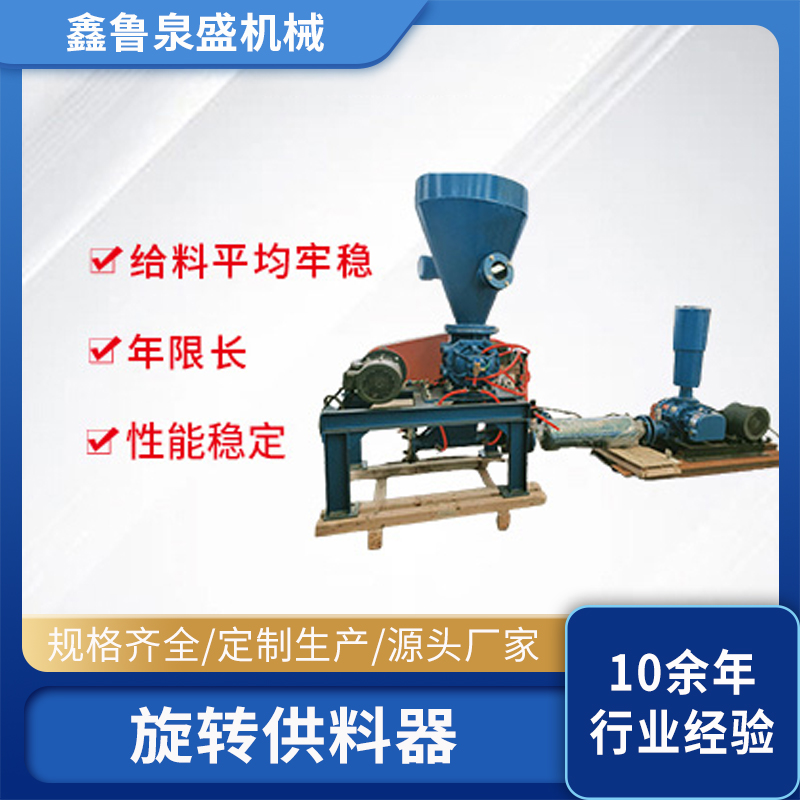
2.輸送距離長(zhǎng),可達(dá)數(shù)百米;
2. Long conveying distance, up to several hundred meters;
3.輸送速度快,可達(dá)每小時(shí)幾十噸;
3. Fast conveying speed, up to tens of tons per hour;
4.可以輸送大量物料,從而提高生產(chǎn)效率。
4. It can transport a large amount of materials, thereby improving production efficiency.
5.不過(guò),負(fù)壓氣力輸送也存在一些缺點(diǎn):
However, negative pressure pneumatic conveying also has some drawbacks:
6.對(duì)出料口和進(jìn)料口的設(shè)計(jì)要求較高,否則易發(fā)生堵塞;
6. The design requirements for the discharge and feed ports are high, otherwise blockage may occur;
7.在輸送過(guò)程中,物料易受到磨損和粉化,影響物料的質(zhì)量;
During the transportation process, materials are prone to wear and pulverization, which affects the quality of the materials;
8.輸送管道存在磨損、腐蝕等問(wèn)題,需要定期維護(hù)和更換。
8. The conveying pipeline has problems such as wear and corrosion, and requires regular maintenance and replacement.
除此之外,由于負(fù)壓氣力輸送需要產(chǎn)生大量的氣流來(lái)推動(dòng)物料,因此在操作過(guò)程中會(huì)產(chǎn)生較大的噪音和空氣污染問(wèn)題。對(duì)于一些對(duì)環(huán)境要求較高的場(chǎng)合,需要采取措施進(jìn)行降噪和凈化。
In addition, negative pressure pneumatic conveying requires a large amount of airflow to push materials, resulting in significant noise and air pollution issues during operation. For some occasions with high environmental requirements, measures need to be taken to reduce noise and purify.
同時(shí),在使用負(fù)壓氣力輸送時(shí)還需要注意物料的性質(zhì)和管道的設(shè)計(jì)。不同種類的物料需要適配不同的管道和氣流速度,以保證輸送效果。此外,管道的彎曲程度、內(nèi)壁平整度等因素也會(huì)影響到輸送效率和物料質(zhì)量。
Meanwhile, when using negative pressure pneumatic conveying, attention should also be paid to the properties of the material and the design of the pipeline. Different types of materials require adaptation to different pipelines and airflow velocities to ensure conveying efficiency. In addition, factors such as the degree of curvature and inner wall flatness of pipelines can also affect transportation efficiency and material quality.
- 上一篇: 氣力輸送設(shè)備的參數(shù)如何確定?
- 下一篇: 粉塵除塵器的使用途徑
Related products相關(guān)新聞
- 2025-04-01氣力輸送系統(tǒng)是如何應(yīng)用的
- 2025-03-31 空氣懸浮鼓風(fēng)機(jī)的原理和優(yōu)勢(shì)
- 2025-03-28氣力輸送系統(tǒng)時(shí)怎么組成的?
- 2025-03-24倉(cāng)泵工作原理
- 2025-03-24對(duì)于羅茨鼓風(fēng)機(jī)的了解
- 2025-03-21羅茨鼓風(fēng)機(jī)振動(dòng)是因?yàn)槭裁矗?/span>
- 2025-03-20羅茨鼓風(fēng)機(jī)應(yīng)用場(chǎng)景
- 2025-03-18真空上料機(jī)真的是工業(yè)物料輸送的高效助力呀
- 2025-03-17旋轉(zhuǎn)供料器是怎么成為工業(yè)生產(chǎn)的物料輸送樞紐的呢?
- 2025-03-17想了解氣力輸送系統(tǒng)的工業(yè)物料傳輸?shù)牡昧χ謫幔?/span>


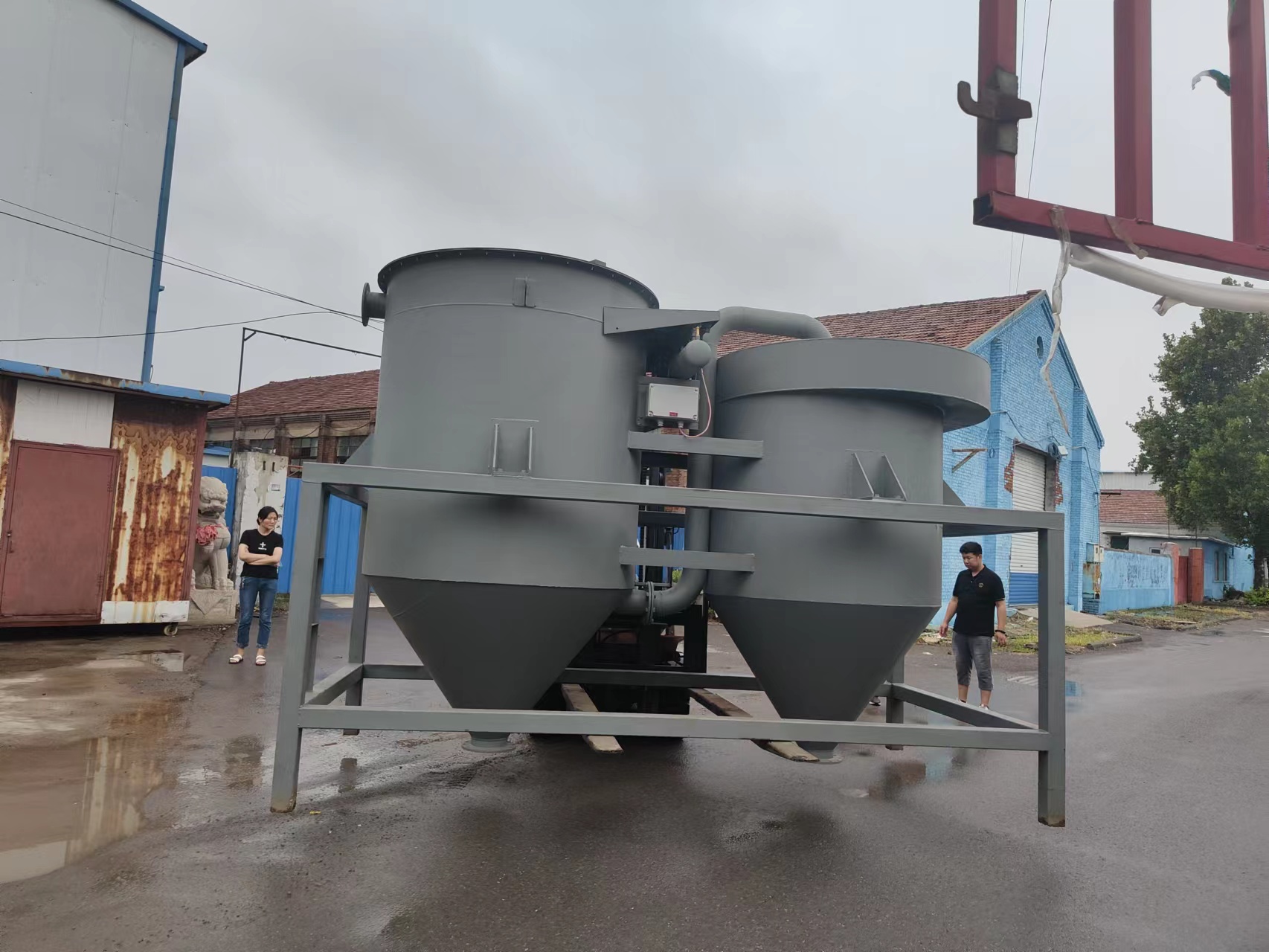
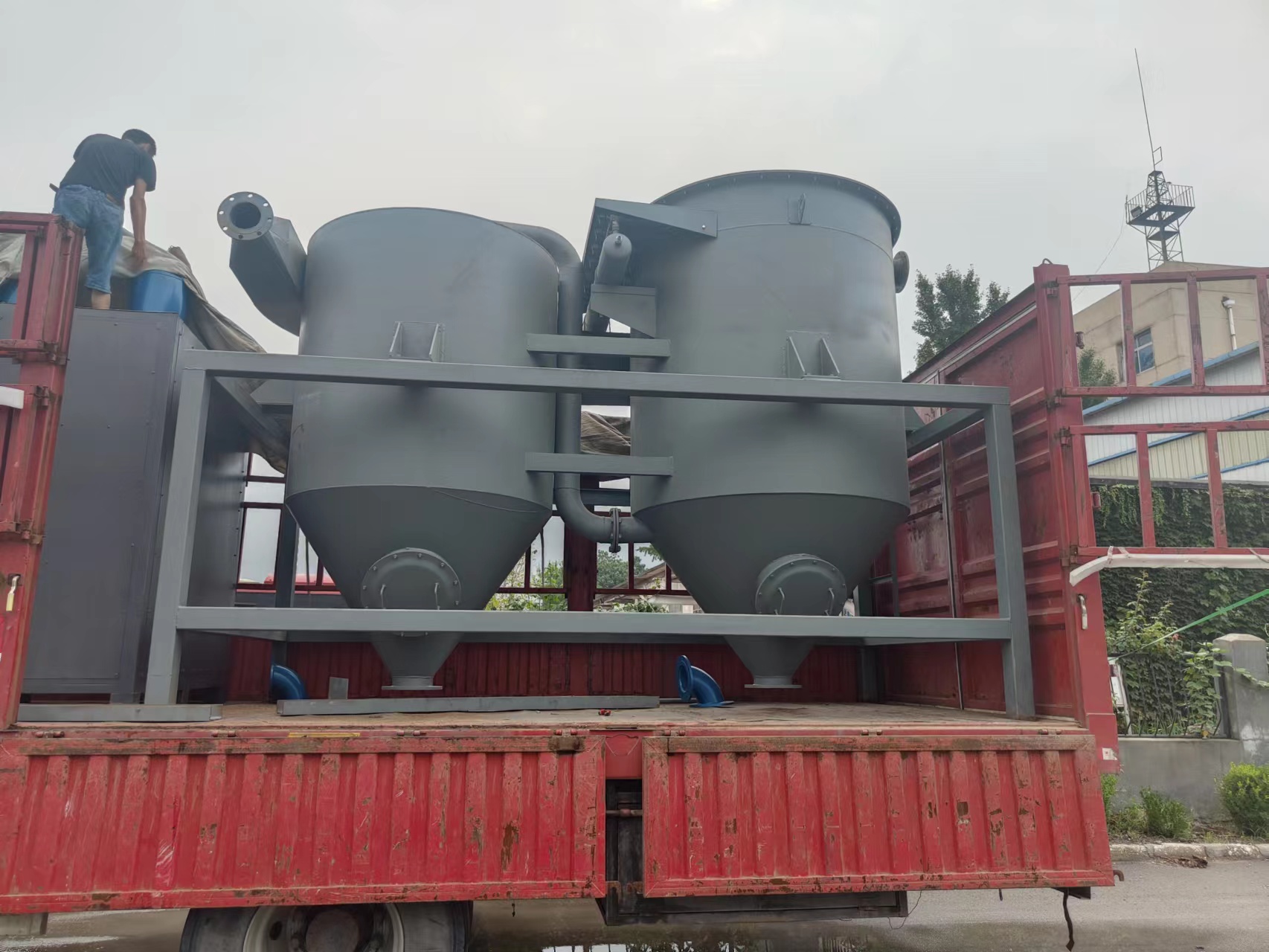
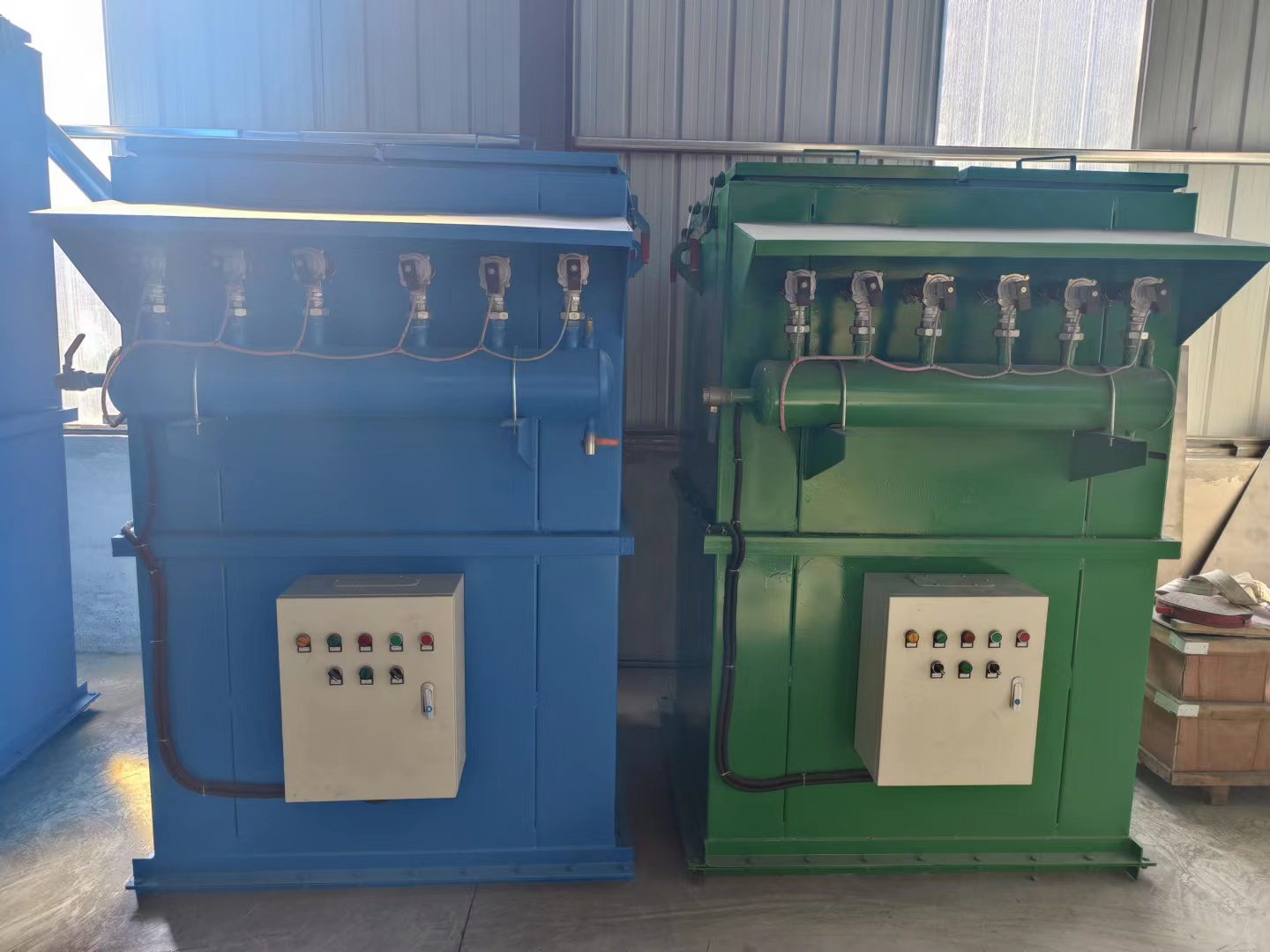
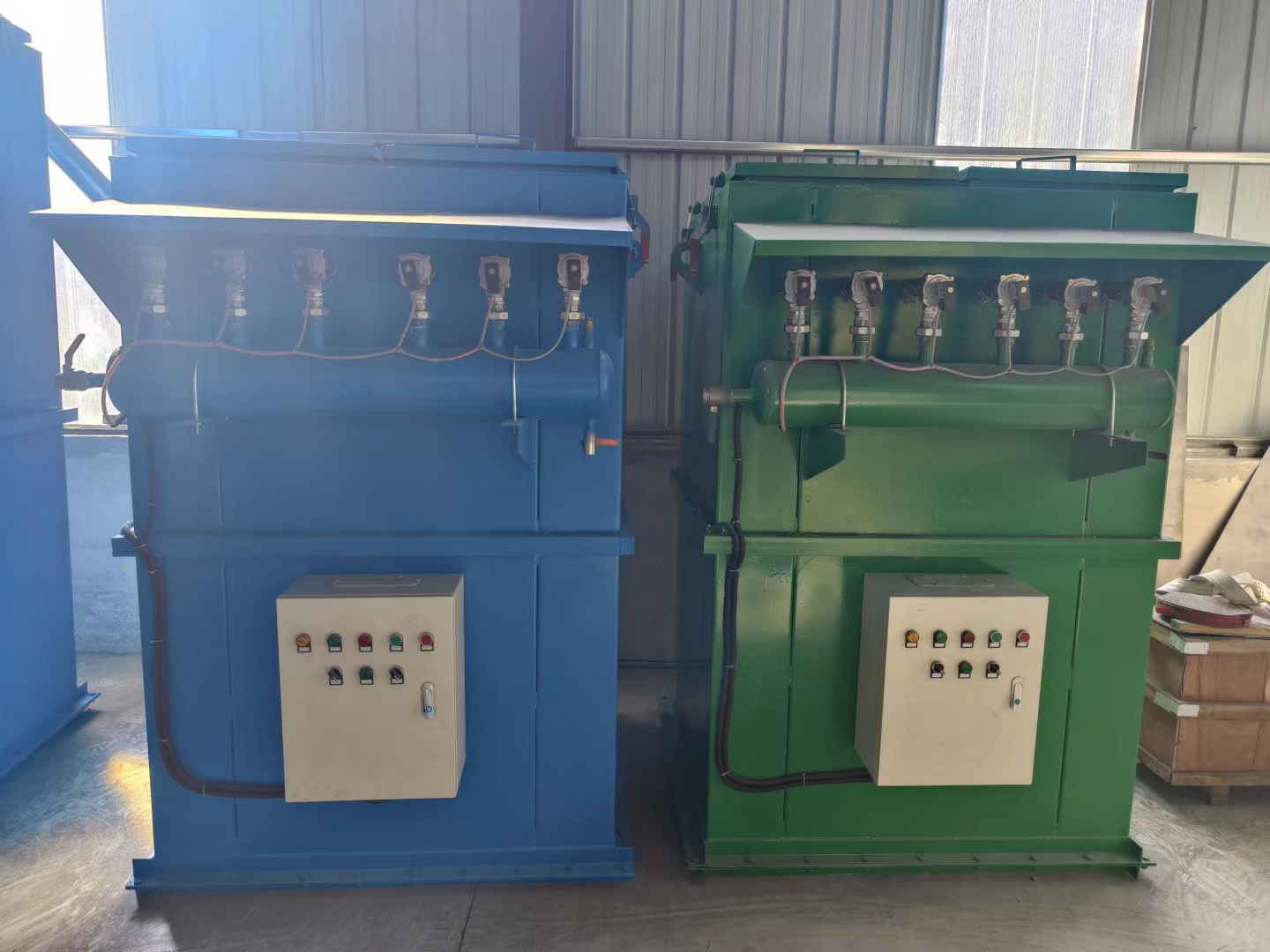
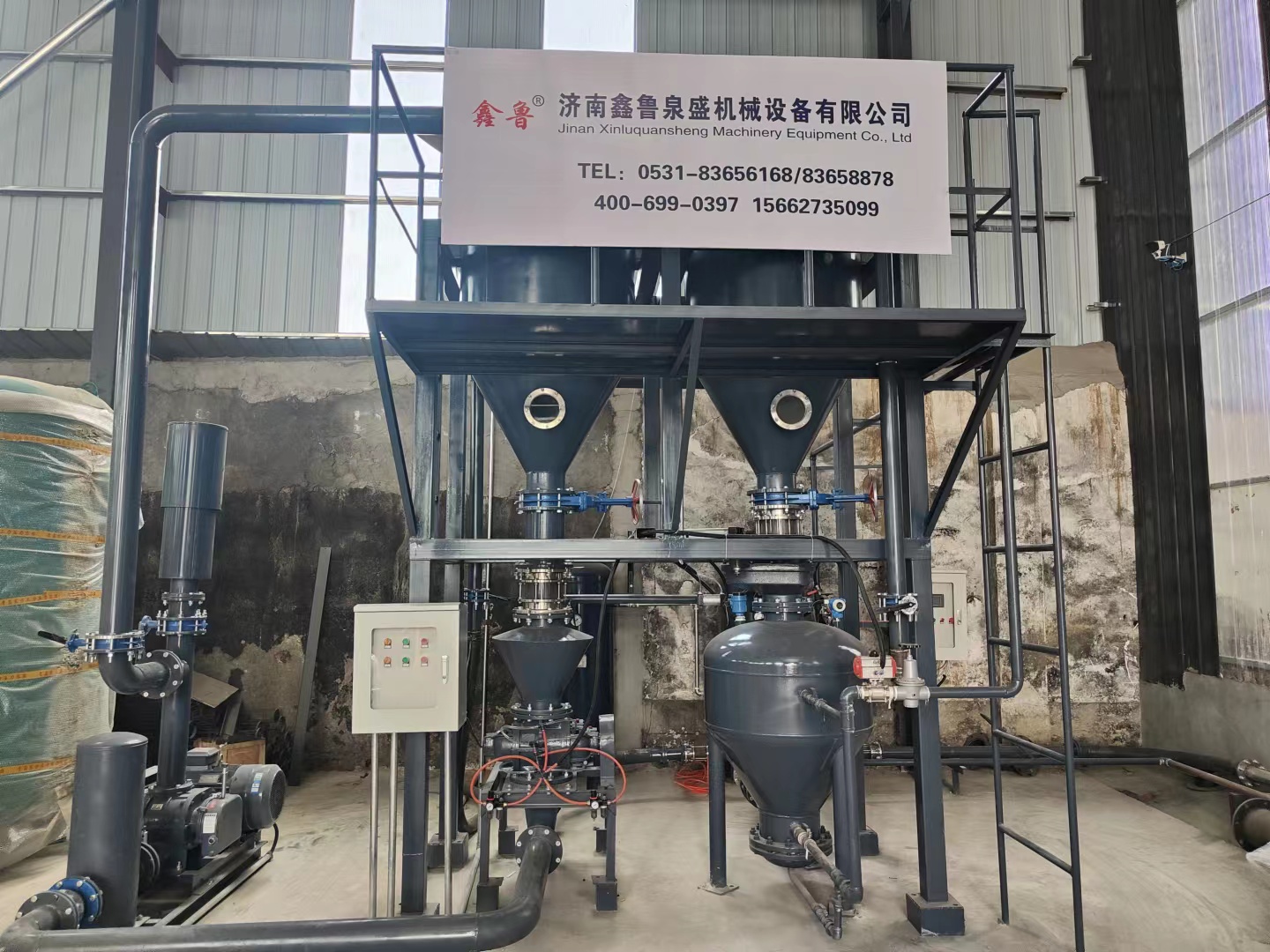
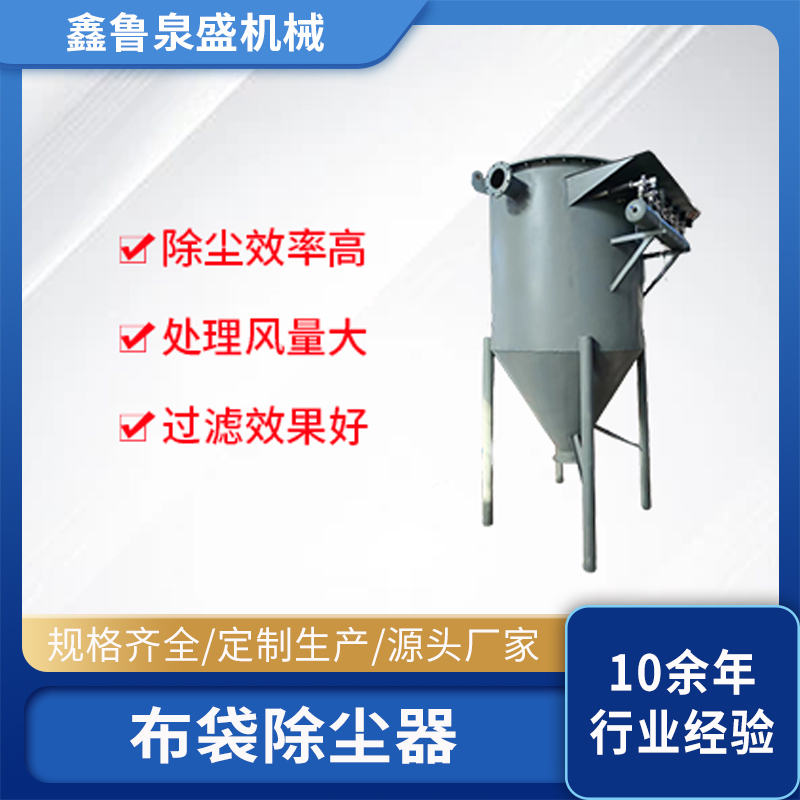
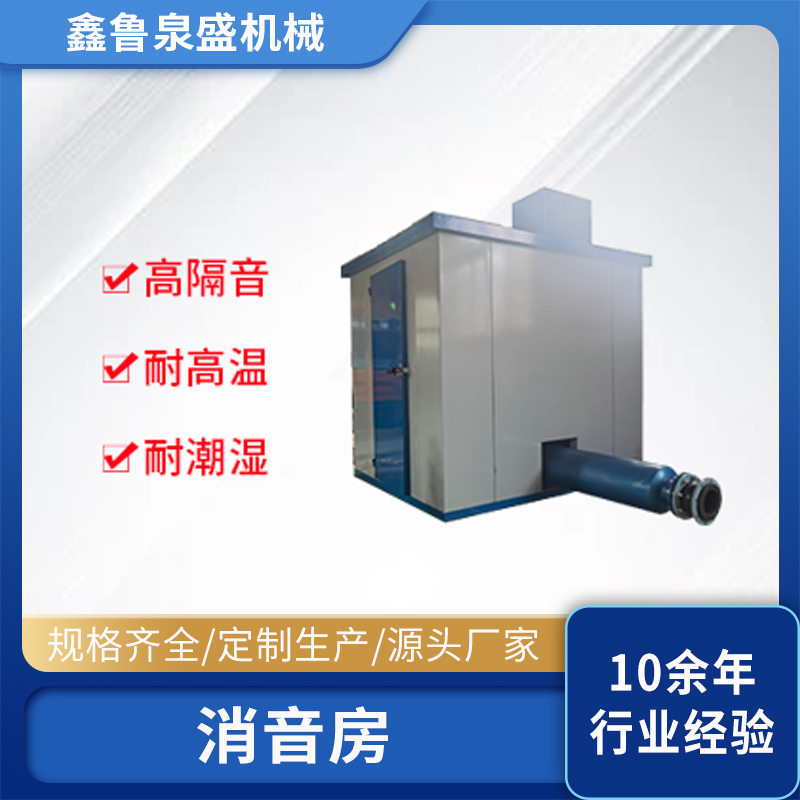
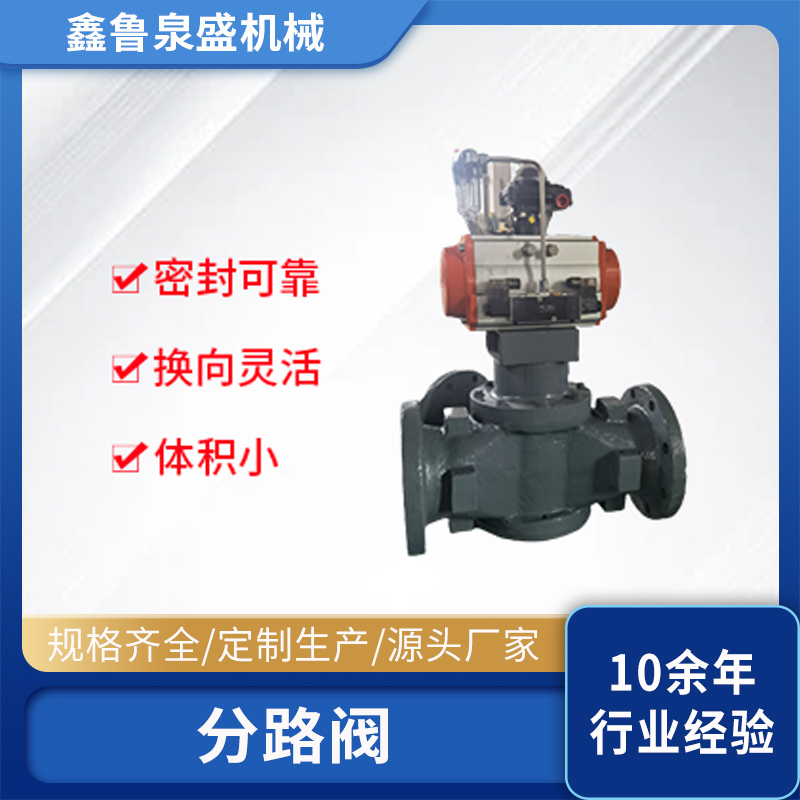
 掃碼微信溝通
掃碼微信溝通